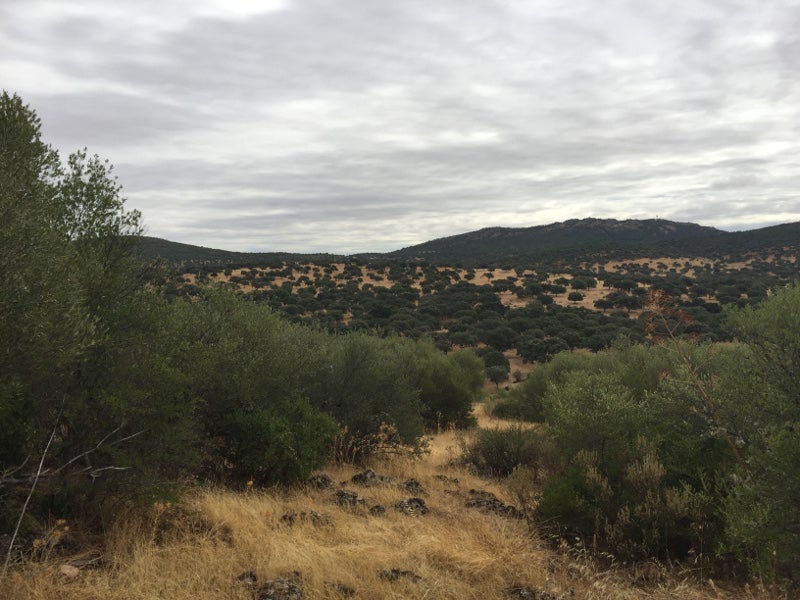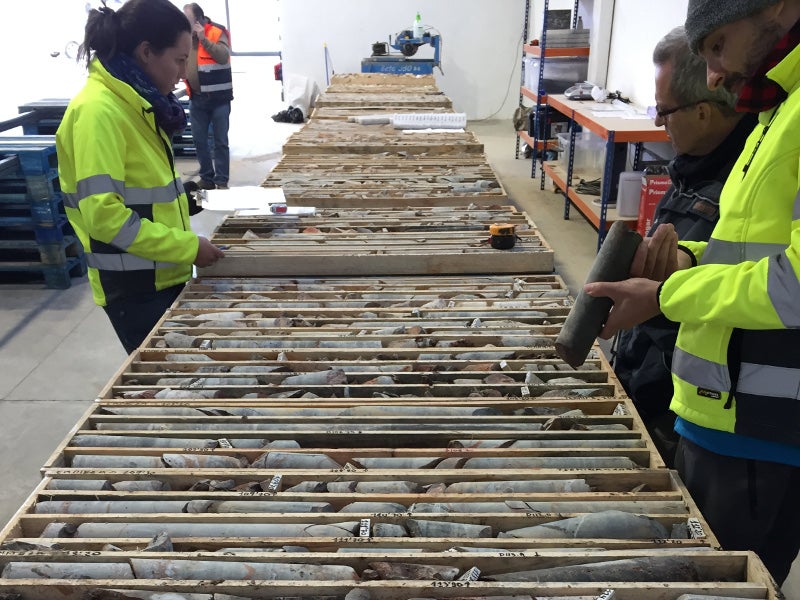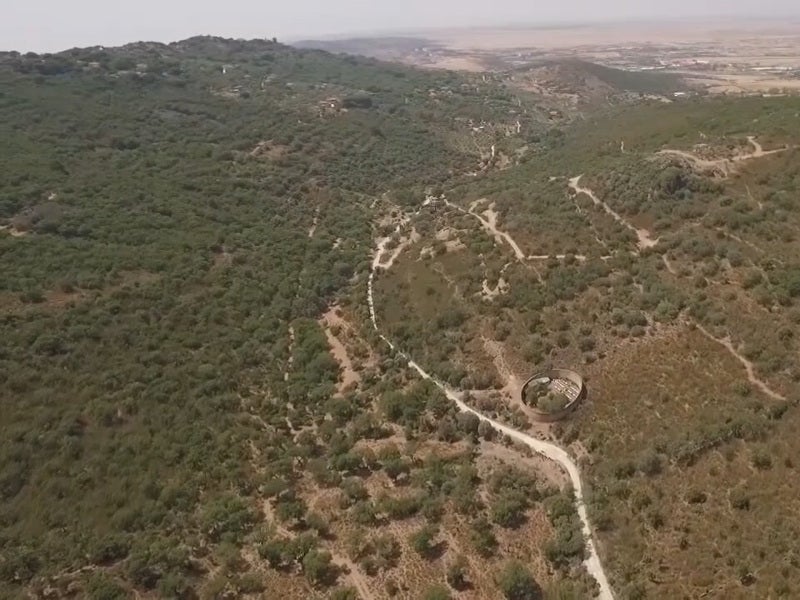San Jose is a fully integrated high-grade lithium project being developed in the Extremadura region of Spain.
The Tecnología Extremeña Del Lito (TEL) joint venture (JV) between Infinity Lithium (75%) and Valoriza Mineria (25%) is developing the project.
TEL was a 50:50 JV between Infinity (formerly Plymouth Minerals) and Valoriza Mineria originally. Infinity acquired an additional 25% stake in the project following a renegotiated JV agreement in March 2019.
The San Jose lithium project is estimated to produce 525,000 tonnes per annum (tpa) of concentrate, including 16,500tpa of battery-grade lithium hydroxide (LiOH), over its anticipated production life of 30 years.
The total pre-production capital expenditure on the project is estimated to be $309m.
Scoping study for the project was completed in November 2018 while the pre-feasibility study (PFS) was completed in August 2019.
San Jose lithium project location, geology, and mineralisation
The San Jose project is located near Caceres, approximately 280km from Madrid, Spain.
The deposit is located within Hercynian Massif’s Central Iberian Zone, which comprises four distinct geological units including igneous rocks, Precambrian sediments, Palaeozoic, and Quaternary deposits.
The San Jose ore body is hosted by Palaeozoic sediments of the Caceres syncline, with mineralisation associated with the abundant granite batholiths.
The project is classified as a zinnwaldite mica replacement deposit and made up of pelitic slates of the Central Iberian Zone. Lithium mineralisation is found hosted within the slates, as well as quartz-carbonate veins.
The lithium mineralisation is widely spread throughout the current tenement application 10C10343-00 PIV and also extends into the adjacent area.
San Jose lithium reserves
The San Jose project is estimated to contain probable reserves of 37.2 million tonnes (Mt), grading 0.63% Li2O and 217ppm Tin.
Mining and ore processing at San Jose lithium project
Conventional bulk-style open-pit mining method, involving drilling and blasting followed by truck and shovels, will be employed at San Jose. The mining operations are expected to last for 19 years.
An average grade of 0.82% Li2O ore is proposed to be recovered and delivered to the run-of-mine (ROM) stockpile in the initial ten years of mining. The ore will be conveyed to the on-site processing plant located within 2km of the resource, for crushing and milling.
The plant will employ conventional crush/grind/float process to separate the lithium-bearing mica from quartz and tourmaline. The resultant product will undergo froth flotation beneficiation process, followed by filtering the mica concentrate.
Potassium sulphate will be added to the filtered mica concentrate resulting in small agglomerates that will be roasted in a kiln.
The resulting lithium-bearing solution will be cooled, forwarded to the water leach circuit, and purified through heating. The purified liquor will then undergo crystallisation and mixed with alunite for sulphate recovery.
The resultant liquor will further be enriched through evaporation and mixed with caustic soda (sodium hydroxide) to produce battery-grade lithium hydroxide. The final LiOH products will be packed in bags and trucked to the customers.
Infrastructure facilities at San Jose
The project can be reached through the EX 206 Caceres-Torreorgaz road, located close to the proposed plant site.
Natural gas required for the San José integrated lithium chemical production facility will be provided from a gas pipeline located immediately north of the project.
Potable water for the project is to be collected from municipality sources on an industrial use basis or from the nearby bore fields.
The project is expected to receive power from the national grid.
Contractors involved
Infinity prepared the lithium project PFS with assistance from consultants such as Wave International (Wave), Snowden, Nagrom Laboratories, ALS Laboratories, Land and Marine Geological Services, and Mining Sense.
Snowden Mining and Cube Consulting provided the mineral resource estimates for the deposit, as part of the scoping study.






